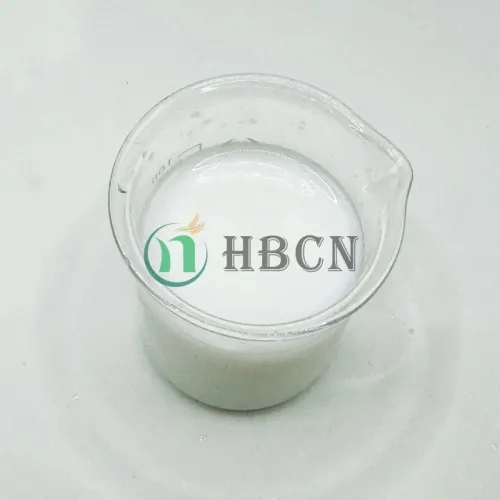
Nov . 16, 2024 22:47 Back to list
chlorpyrifos pesticide suppliers
The Impact and Regulation of Chlorpyrifos Pesticide Suppliers
Chlorpyrifos is a widely used organophosphate pesticide known for its effectiveness in controlling a variety of agricultural pests. Although it has been a staple in the agricultural industry for decades, the increasing scrutiny over its health and environmental impacts has led to significant regulatory changes and evolving dynamics among suppliers.
Understanding Chlorpyrifos
Chlorpyrifos works by disrupting the normal functioning of the nervous system in insects, ultimately leading to their demise. Its effectiveness in combating pests such as caterpillars, aphids, and various beetles has made it a popular choice among farmers looking to maximize crop yields. The chemical's broad-spectrum application and relatively low cost have solidified its place as a go-to pesticide for many agricultural producers.
However, the benefits of chlorpyrifos come with substantial risks. Research has linked exposure to chlorpyrifos with neurodevelopmental issues in children, leading to concerns that have prompted public health advocacy groups to call for bans and stricter regulations. These concerns have prompted various states and countries to consider phasing out this pesticide in favor of safer alternatives.
Regulatory Landscape
In the United States, the Environmental Protection Agency (EPA) began revisiting the safety of chlorpyrifos in response to growing evidence about its harmful effects. In 2019, the EPA proposed banning chlorpyrifos for most agricultural uses, a move that was widely supported by environmental groups but faced considerable opposition from some agricultural stakeholders who argue that the chemical is essential for protecting crops and maintaining food production levels.
Globally, the trend has also been towards more stringent regulations. Countries in the European Union have taken decisive steps to ban chlorpyrifos, aligning with the EU’s broader commitment to reduce the use of harmful pesticides and promote sustainable farming practices. This trend underscores a growing recognition of the potential long-term implications of chemical exposure on human health and the environment.
chlorpyrifos pesticide suppliers

The Supplier's Role
As regulatory landscapes evolve, pesticide suppliers play a crucial role in facilitating a safe and sustainable transition. Suppliers of chlorpyrifos face pressure not only from regulation but also from changing consumer preferences towards organic and sustainably produced food. Consequently, many suppliers are diversifying their product offerings to include safer, more environmentally friendly alternatives. This includes investing in research and development for biopesticides and other sustainable agricultural practices.
Additionally, suppliers are tasked with educating farmers on responsible pesticide use and the potential consequences of chlorpyrifos application. This includes providing training on Integrated Pest Management (IPM) strategies, which prioritize ecological balance and minimize the reliance on chemical pesticides.
Moving Forward
The future of chlorpyrifos and its suppliers is inextricably linked to regulatory decisions and public perception. As more consumers advocate for safer agricultural practices, suppliers must adapt to market demands that favor sustainability. The transition phase may be challenging, especially for farmers who have relied on chlorpyrifos for crop protection.
Nevertheless, innovation and adaptation can lead to new opportunities. Suppliers who invest in research for safer alternatives will not only position themselves favorably in a trust-driven market but also contribute to a more sustainable agricultural framework. Partnerships with environmental organizations, research institutions, and farmers can facilitate this transition, ensuring that crop protection methods evolve without jeopardizing public health.
Conclusion
Chlorpyrifos pesticide suppliers find themselves at a crossroads, where the pressures of regulation, consumer advocacy, and environmental sustainability converge. As the industry navigates these challenges, the proactive role of suppliers will be essential to fostering a safer and more responsible agricultural landscape. Embracing innovation and sustainable practices is not merely a regulatory obligation but an opportunity for growth and leadership in the future of agriculture.
-
Kasugamycin Fungicide: Efficient Bacterial & Fungal Control
NewsAug.02,2025
-
Emamectin Benzoate: AI-Optimized Pest Control Solution
NewsAug.01,2025
-
Best Abamectin 95% | Top Pesticide for Crop Protection
NewsJul.31,2025
-
Insecticide Spirotetramat 11% + Thiacloprid 11% SC at Good Price
NewsJul.30,2025
-
Best Abamectin SDS - Premium Quality & Reliable Safety Data
NewsJul.29,2025
-
Agrochemicals Pesticides Solutions for Sustainable Farming
NewsJul.29,2025
